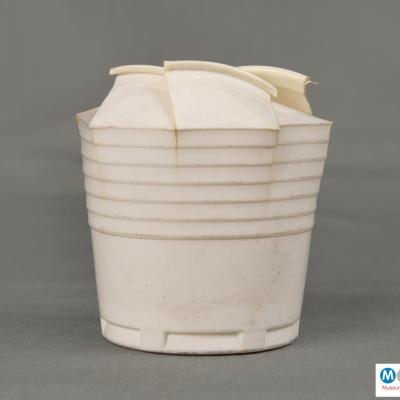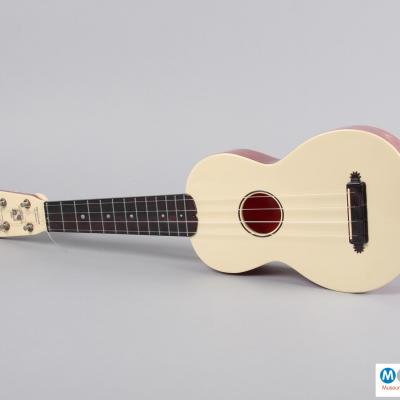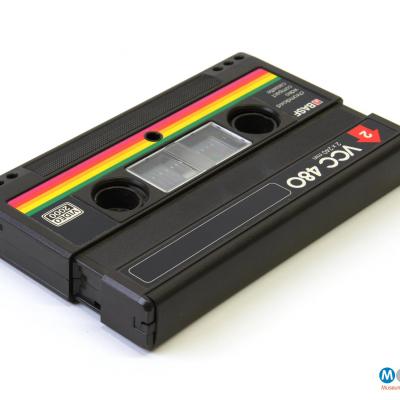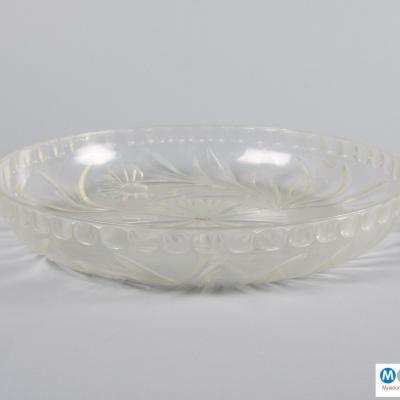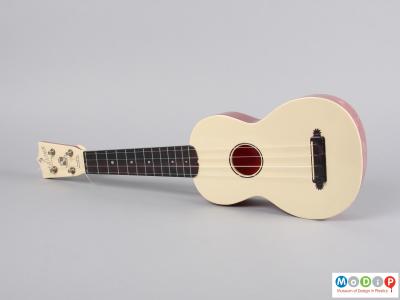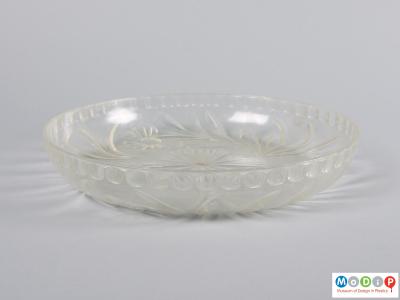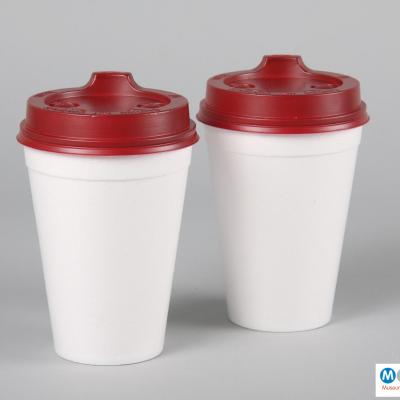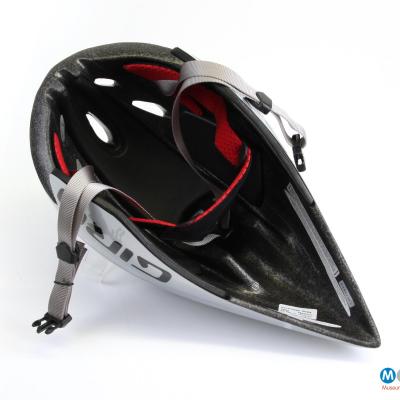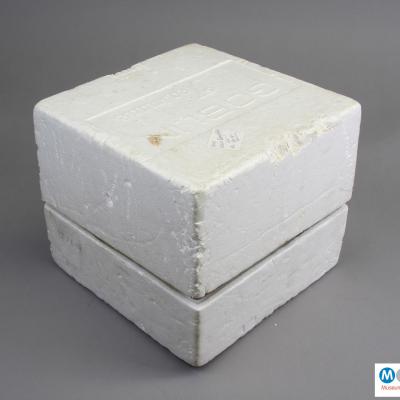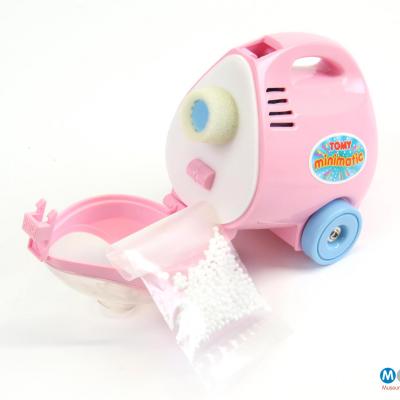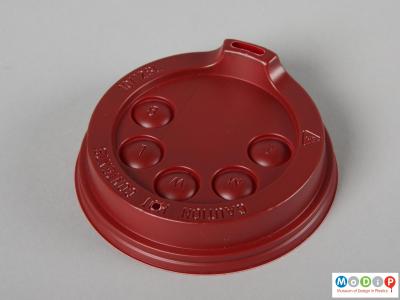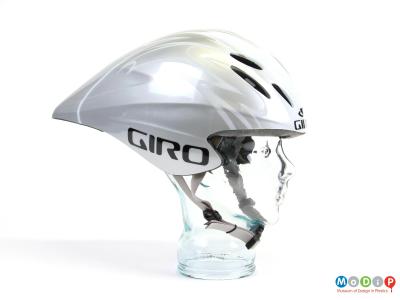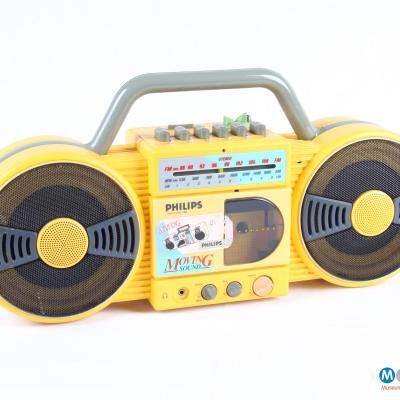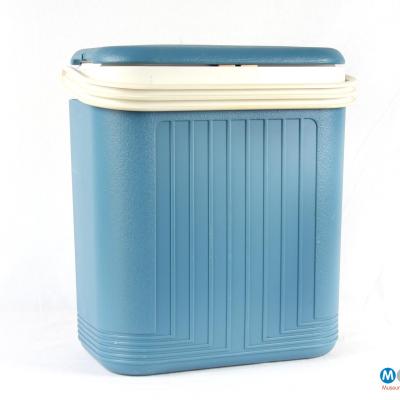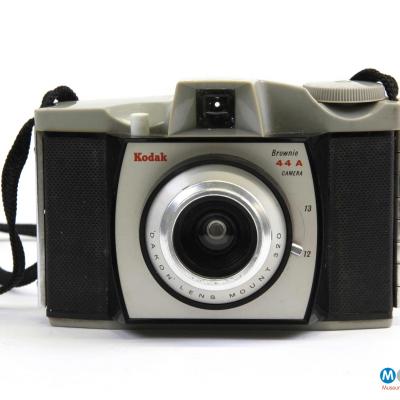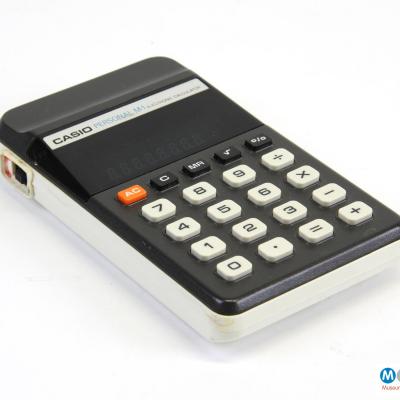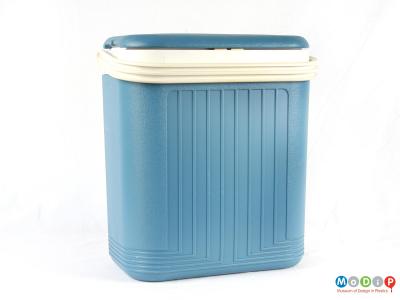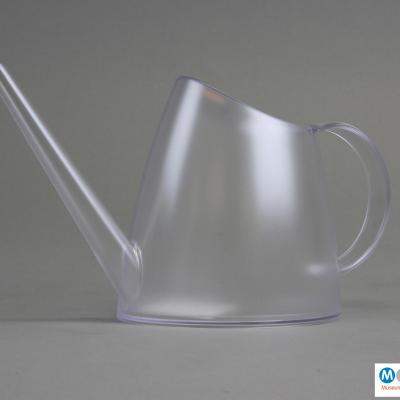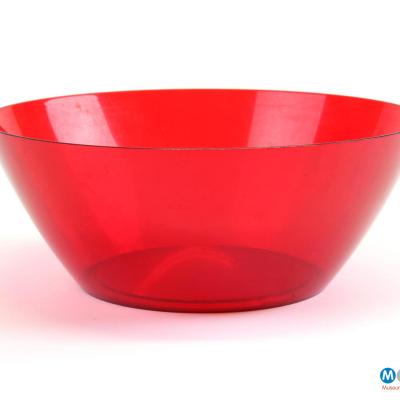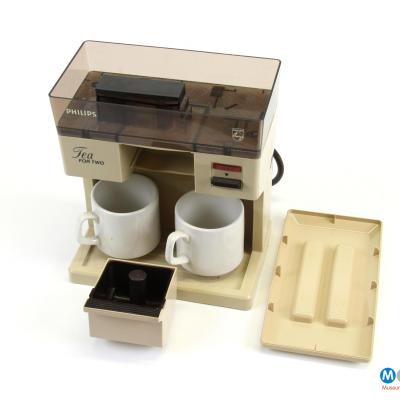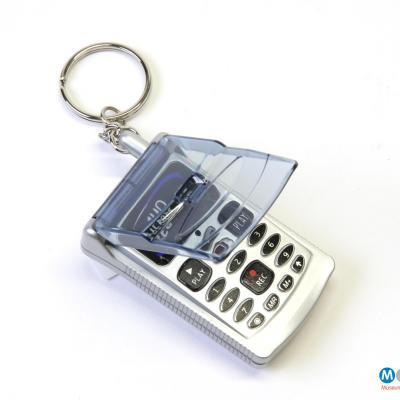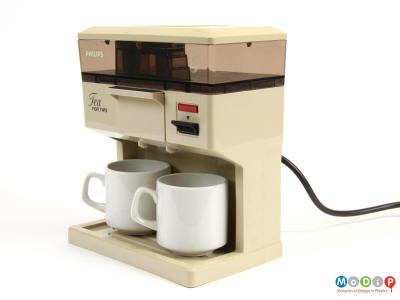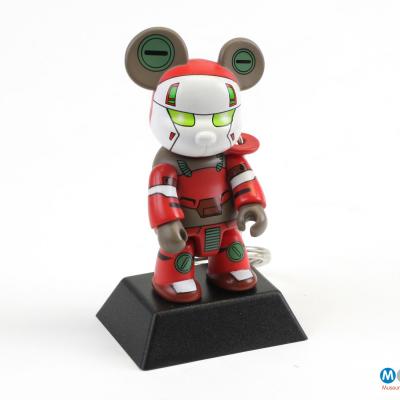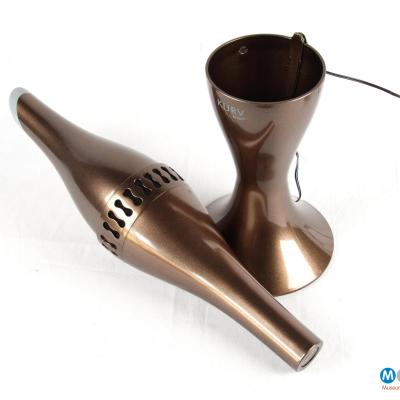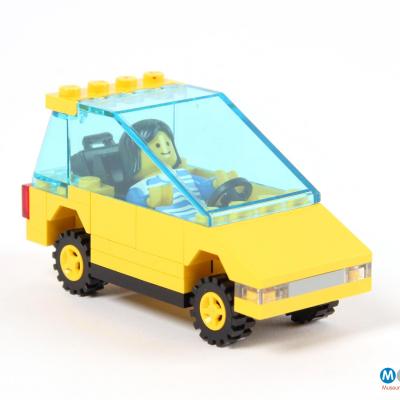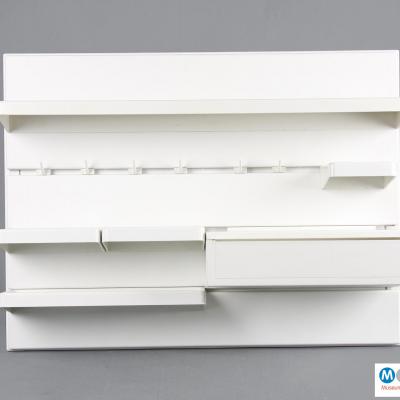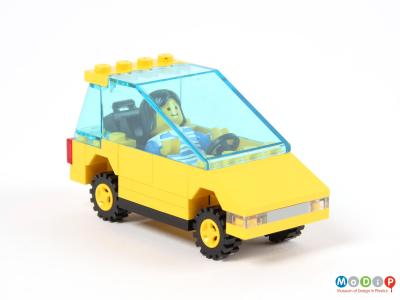Plastics are materials that can be moulded into required shapes by the application of heat and pressure. They are based on polymers which are materials made up of many smaller base units.
There are more than 50 basic types of plastics in industrial use today. Each plastic has different material properties. This learning resource aims to help you familiarise yourself with the properties of some of the more commonly used plastics and understand how they relate to one another.
You have selected styrenes.
Polystyrene is the basic styrene polymer. In the other styrene polymers, styrene is blended with other polymers to improve the performance of the material.
Polystyrene (PS)
These products are all made of general purpose polystyrene, often referred to as 'crystal' polystyrene, one of the most used plastics. They have been selected to suggest the properties of the material.
Look at the products (click on the image for a closer look), think about what they look like, what they are used for, what they might cost and how they are made, and see what you can deduce about the character and potential of the material and note down your findings.
Click on the relevant image below to look at the documentation provided about the products and see if that gives you some more ideas. Add to and amend your findings.
Compare your findings with the information we have provided on Polystyrene.
Expanded Polystyrene (EPS)
Polystyrene can also be expanded.
Expanded (EPS) is a very low density form of the material involving the production of an intermediate stage of small beads of polystyrene with a vaporising agent. The beads are then put into the cavity of a simple low-pressure mould. Once heat is applied the beads expand to fill the mould and stick together to form a very light weight moulding. The density of EPS can be as low as 2% of that of the solid polystyrene.
Look at the products (click on the image for a closer look), think about what they look like, what they are used for, what they might cost and how they are made, and see what you can deduce about the character and potential of the material and how it is similar to, and differs from, straight unexpanded polystyrene and note down your findings.
Top left: cups only. Top right: liner only
Bottom left: packaging. Bottom right: toy 'dust'
Click on the relevant image below to look at the documentation of the products and see if that gives you some more ideas. Add to and amend your findings.
Compare your findings with the information we have provided on Expanded Polystyrene.
Blended polymers
Blended polymers are polymers in which at least two polymers are blended together to create a new material with different physical properties.
Now choose a blended polymer that includes styrene in the mix to explore:
- High Impact Polystyrene (HIPS)
- Styrene Acrylonitrile (SAN)
- Acrylonitrile butadiene styrene (ABS)
High Impact Polystyrene (HIPS)
The plastic in these products is HIPS, a form of polystyrene blended with polybutadiene, a rubbery compound. They have been selected to suggest the properties of the material and how it differs from general purpose polystyrene.
Look at the products (click on the image for a closer look), think about what they look like, what they are used for, what they might cost and how they are made, and note down what they have in common with the polystyrene products you have already investigated and how they differ.
Click on the relevant image below to look at the documentation of the products and see if that gives you some more ideas. Add to and amend your findings.
Compare your findings with the information we have provided on High Impact Polystyrene.
Styrene Acrylonitrile (SAN)
These products or parts of them as indicated are all made of SAN, a form of styrene blended with acrylonitrile. They have been selected to suggest the properties of the material and how it differs from general purpose polystyrene.
Look at the products (click on the image for a closer look), think about what they look like, what they are used for, what they might cost and how they are made, and note down what they have in common with the polystyrene products you have already investigated and how they may differ.
Bottom left: water container. Bottom right: clear cover
Click on the relevant image below to look at the documentation of the products and see if that gives you more ideas. Add to and amend your findings.
Compare your findings with the information we have provided on Styrene Acrylonitrile.
Acrylonitrile Butadiene Styrene (ABS)
These products are all made of ABS, a form of styrene blended with polybutadiene. They have been selected to suggest the properties of the material and how it differs from general purpose polystyrene.
Look at the products (click on the image for a closer look), think about what they look like, what they are used for, what they might cost and how they are made, and note down what they have in common with the polystyrene products and how they differ.
Top left: figure only. Top right: casing only
Bottom left: bricks
Click on the relevant image below to look at the documentation of the products and see if that gives you more ideas. Add to and amend your findings.

